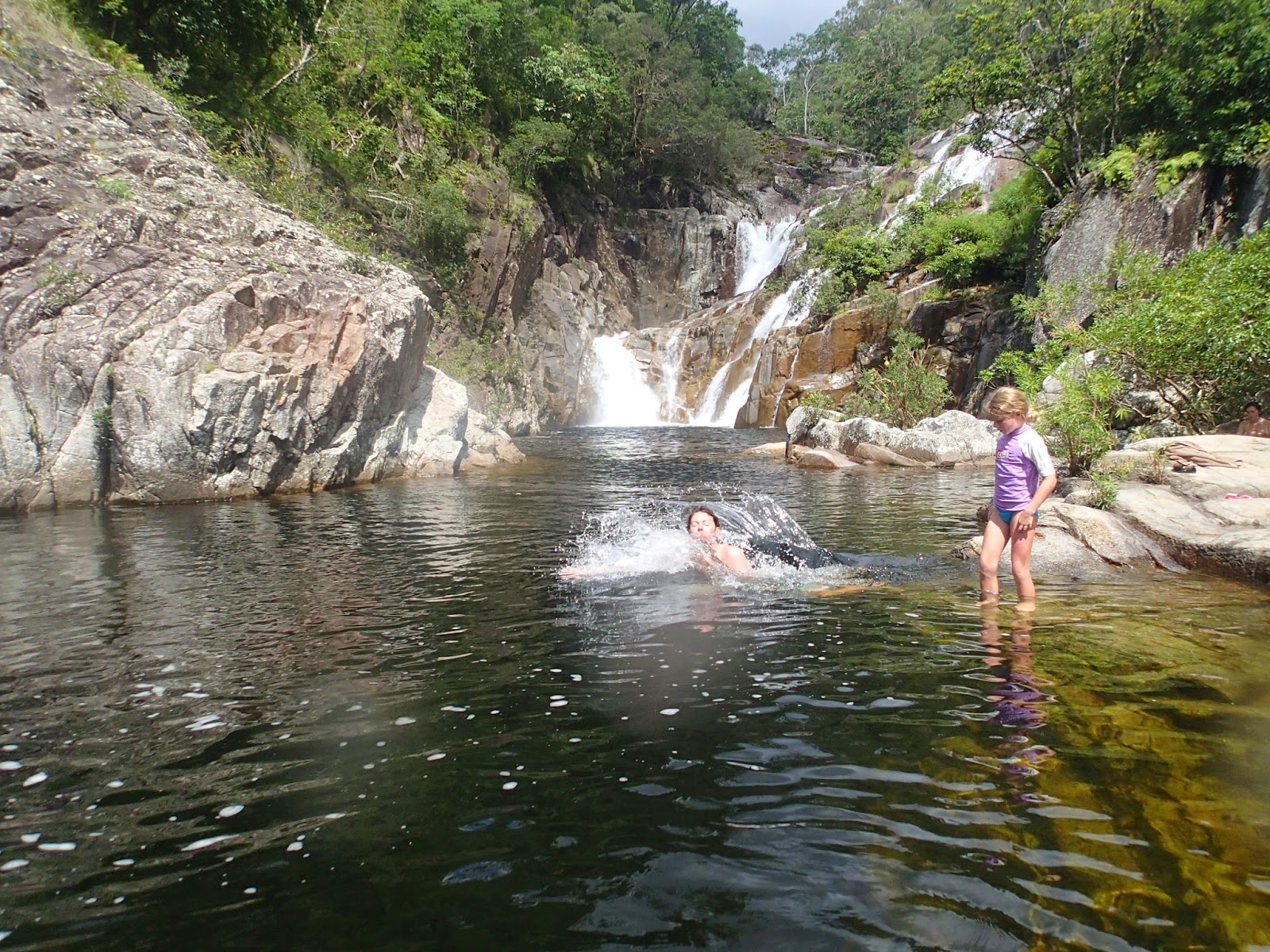Kal Muller is a missionary who has dedicated years of his life supporting and saving the tribe's dying woodcarving tradition (http://www.thejakartapost.com/news/2012/11/16/kal-muller-savior-kamoro.html). And he brought them up to Tembagapura to share their woodcarving and gastronomy traditions.
From long before historical records reached the south coast of Irian Jaya, the Kamoro occupied their ancestral lands stretching along some 300 kilometers of the Arafura Sea, from Etna Bay to Asmat-land. Their population of about 15,000 souls are divided among some 40 villages and several transmigration sites in the vicinity of Timika (Muller, 2000).
The linguistic diversity is absolutely amazing: the five million
Papuans speak some 1000 languages (not dialects) which represents some 15 per
cent of the world’s languages in an area less than 0.15 per cent of the
planet’s area. The island was one of the last places to be explored and there
are still occasional completely untouched tribes coming out of the jungle (Muller, 2000).
The Kamoro people spent most of the week at the international school where they taught the students how to carve, dance, drum and weave. The tribespeople were absolutely welcoming and sweet. It was fun to hear of Hannah and Mason's adventures when they got home from school.
On Sunday during brunch, at the restaurant, the Kamoro people shared their gastronomy delicacies consisting of fresh fish, (mangrove) crabs, oysters but especially tambelo and grubs.
From his website, Kal describes Tambelo: is long, slimy tambelo ‘worms’, related to boring
ships worms, pulled out of fallen mangrove trees. Not nearly as bad as they
look: the animals are really bivalve mollusks, tasting like a sweet, delicious
oyster. If you like raw oysters, you’ll love tambelo. While I’ve eaten them cooked
just once, the standard procedure is to consume them raw, fresh on the day they
were gathered. The local Kamoro people consider this a health food, a tonic for
vigour of all sorts. If the shape is just too gross for your mind, there’s
always the omapoko, a normal looking bivalve. It is eaten either raw, cooked in
the shell or mixed with sago, wrapped in leaves and baked (Muller, 2000).
Again, from his website, he describes grubs: And the ultimate in exotic fare: fat, wiggly sago grubs with hard,
biting heads. These chaps are the larval stage of a species of beetle which
feeds on sago tree pitch. Eating technique as follows: hold it by the front end
and bite off the head; flick head away and nonchalantly chew slowly, then
swallow. If you chewed enough, the body stopped squirming to protest outrageous
fate. Voilà: grub down the gullet. There is not much taste, but the texture is
fat and buttery. The grub only eats the pure-starch pith, thus efficiently
converting carbohydrate to protein. If all this is just a bit beyond your
gastronomic level of competence, the grubs can be cooked with sago. The
generally dry sago absorbs the fat from the grubs and adds a slightly grainy
texture (Muller, 2000).
Surprisingly there were a lot of brave souls lining up to try the snot-like worms and the wriggly grubs! It was an experience for sure but we weren't brave enough (that bravery would require massive amounts of monetary encouragement). The brunch ended with the drum ceremony:
In the Kamoro culture, as in many other traditional
societies, drum are used to call the spirits, ancestral and others. Mythical
heroes were also brought back to life by drums.
In today’s ceremonies, drums are used to call ancestral spirits during
the initiation rituals (Muller, 2000).
The Kamoro make their hourglass-shaped drums by
burning out the insides of a tree trunk. This is a delicate process which
requires skill in order to make the sides just thin enough for light weight and
good vibrations but without burning through. The open top part or head of the
drum is covered with a stretch of reptile skin (from the mangrove monitor
lizard, Varanus salvador) bound to the wood by a mixture of chalk from
burned shells and human blood from the husband of either a sister or a daughter
(formerly: exclusively) - but today, anyone’s blood will do. Dabs of black
damar pitch on the lizard-skin drumhead
are held close to a fire in order to tighten the skin for the desired pitch (Muller, 2000). So at brunch the maker of the drum sliced his arm and rubbed his blood on the drum.
We enjoyed our culturally soaked week, especially Hannah and Mason. We purchased some intricate carvings and said goodbye the beautiful Kamoro people. Another great week in the jungle.
It is now count down time to our much anticipated trip to Europe where we get to visit Italy, Spain and France. So blessed! As always, to be continued...
Reference
Muller, K. (2004). Articles and Notes by Kal Muller. Retrived from: http://papuaweb.org/dlib/tema/kamoro/muller/
Grubs on a stick...
This guy carved the drum we bought...Mangrove crabs...
The bucket is full of live grubs...
Kal Muller speaking to the children...
The Kamoro men and women dancing for the students...
Weaving...

































